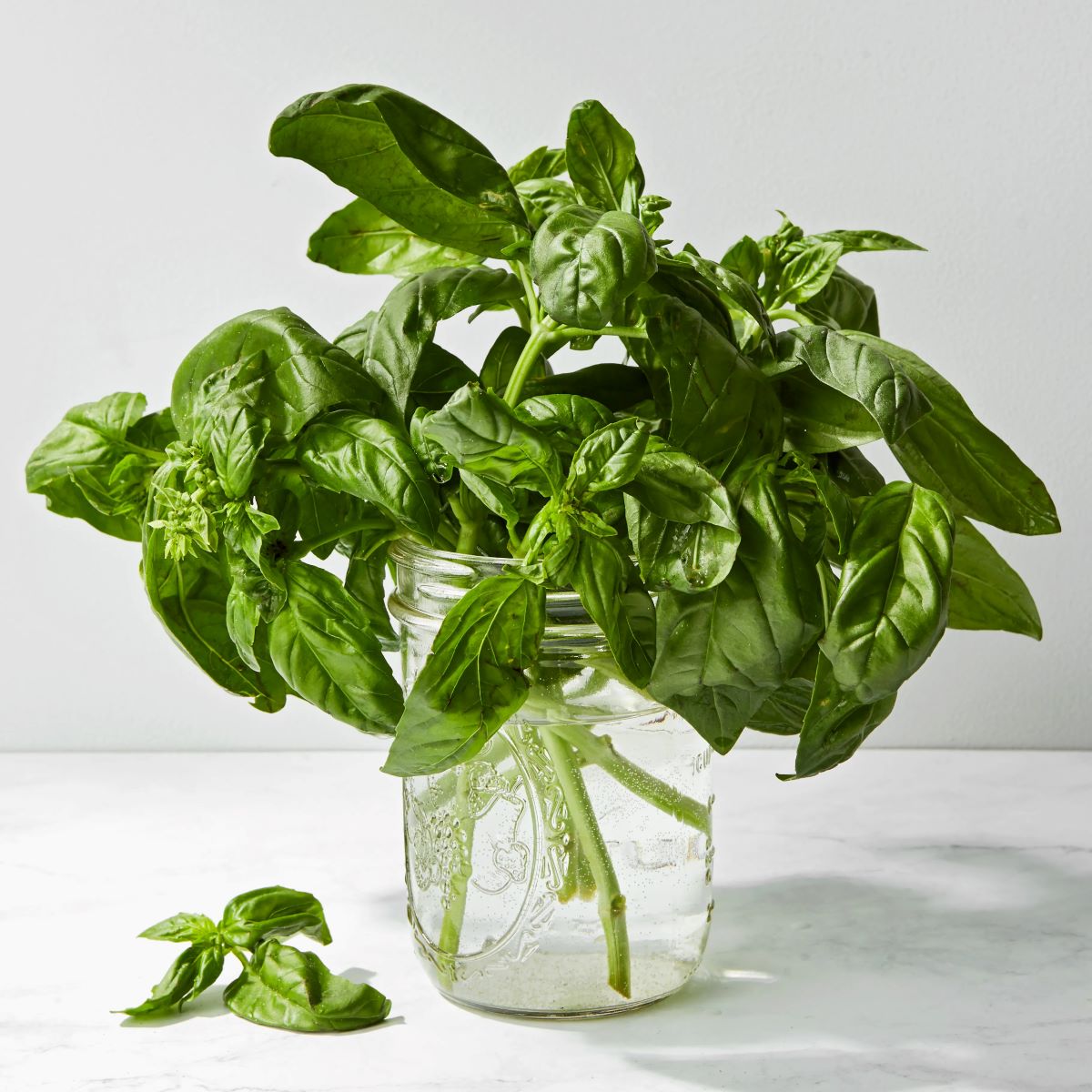

Articles
How To Store Basil
Modified: February 28, 2024
Learn the best methods and tips for storing basil in this helpful article. Keep your basil fresh and flavorful for longer with these storage techniques.
(Many of the links in this article redirect to a specific reviewed product. Your purchase of these products through affiliate links helps to generate commission for Storables.com, at no extra cost. Learn more)
Introduction
Basil is a popular herb known for its vibrant aroma and distinct flavor. Whether you grow your own basil or purchase it from the store, proper storage is essential to maintain its freshness and flavor. In this article, we will explore various methods of storing basil to help you enjoy its delightful taste for longer periods.
Basil is widely used in a variety of cuisines, including Italian, Thai, and Mediterranean. Its fresh leaves add a burst of flavor to soups, salads, pasta dishes, and even beverages. However, basil, like most herbs, has a relatively short shelf life. Unless stored correctly, it can quickly lose its bright green color and aromatic properties.
Improper storage can cause basil leaves to wilt, turn brown, or develop an unpleasant taste. Therefore, it is crucial to understand the significance of proper basil storage to ensure that you always have fresh and flavorful basil at your disposal.
In this article, we will walk you through various methods of storing basil, including refrigeration, freezing, drying, and storing it in oil. We will also provide you with valuable tips to extend the shelf life of your basil and keep it tasting its best.
So, if you’re a basil lover or simply want to make the most out of your fresh basil supply, keep reading to discover the secrets of proper basil storage.
Key Takeaways:
- Proper basil storage is crucial for preserving its vibrant color, refreshing aroma, and intense flavor. Understanding the significance of proper basil storage can maximize its shelf life, reduce food waste, and enhance culinary creations.
- Harvesting basil correctly and preparing it for storage are essential steps to maintain its freshness and flavor. Various storage methods such as refrigeration, freezing, drying, and storing basil in oil offer versatile options to enjoy the taste of fresh basil year-round.
Read more: How To Store Basil Pesto
Importance of Proper Basil Storage
Proper basil storage is crucial for preserving its vibrant color, refreshing aroma, and intense flavor. When stored incorrectly, basil can quickly lose its appeal, resulting in wilted leaves, dull color, and diminished taste.
One of the main reasons why proper basil storage is important is to maintain its freshness. Basil leaves are delicate and prone to bruising, wilting, and discoloration. Exposure to heat, light, and air can accelerate the deterioration process, causing the leaves to lose their natural vibrant green color and become limp.
Additionally, basil contains volatile compounds, such as essential oils, which give it its characteristic aroma and flavor. These compounds are delicate and can easily dissipate when exposed to unfavorable conditions. Proper storage helps to preserve these aromatic compounds, allowing you to enjoy the full flavor and fragrance of fresh basil.
Another reason to store basil correctly is to prevent the growth of bacteria and mold. Basil leaves are moist and can attract bacteria and fungi if not stored properly. This can lead to spoilage, unpleasant odors, and potential health risks. By storing basil in the right conditions, you can minimize the risk of microbial growth and keep your basil fresh and safe for consumption.
Proper basil storage is also essential to avoid wastage. Having fresh basil readily available allows you to incorporate it into your recipes whenever you desire. With improper storage, you may find yourself throwing away wilted or spoiled basil, resulting in unnecessary food waste and the inconvenience of not having fresh basil when you need it.
By understanding the importance of proper basil storage, you can maximize the shelf life of your basil, reduce food waste, and enhance the overall quality of your culinary creations. In the following sections, we will explore different methods of storing basil, so you can choose the one that best suits your needs and preferences.
Harvesting Basil
Harvesting basil correctly is the first step in ensuring its freshness and flavor. Whether you have a basil plant in your garden or purchase a bunch of basil from the store, proper harvesting techniques will help you obtain the best quality leaves.
Here are some tips for harvesting basil:
- Choose the right time: Basil is best harvested in the morning when the leaves are at their freshest. Avoid harvesting basil during or immediately after rainfall, as this can affect the flavor and texture of the leaves.
- Look for mature leaves: Select leaves that are fully grown and vibrant green in color. Avoid harvesting the young, small leaves as they may not have developed their full flavor.
- Use sharp scissors or pruners: To prevent bruising and damage to the plant, use sharp scissors or pruners to cut the basil stems. Avoid tearing or pulling the leaves off the plant, as this can cause unnecessary stress to the plant.
- Harvest from the top: Start harvesting from the top of the plant, snipping off the stem just above a leaf pair. This technique encourages lateral growth and bushier plants.
- Leave some growth: When harvesting basil, make sure to leave enough foliage on the plant to allow for continued growth. Avoid cutting the plant too close to the ground, as this can hinder regrowth.
Remember to handle basil leaves gently to minimize bruising and damage. Place the harvested leaves in a clean container or basket, taking care not to crush or overcrowd them.
By following these harvesting techniques, you can ensure that you have the freshest basil leaves to use for storing and cooking.
Preparing Basil for Storage
Properly preparing basil for storage is essential to maintain its freshness and flavor for an extended period of time. By following a few simple steps, you can ensure that your basil stays vibrant and delicious for future use.
Here’s how to prepare basil for storage:
- Gently wash the basil: Before storing basil, give it a gentle rinse to remove any dirt or debris. Fill a bowl with cool water and immerse the basil leaves, swishing them around to remove any impurities. Pat dry the leaves gently with a clean cloth or paper towel to remove excess moisture. Remember to handle the basil leaves delicately to avoid bruising them.
- Trim the stems: Once the basil leaves are clean and dry, inspect the stems for any damaged or discolored sections. Using a sharp pair of scissors or pruners, trim off any brown or wilted parts. This helps to prolong the overall freshness of the basil.
- Separate into smaller bundles: If you have a large bunch of basil, it’s a good idea to separate it into smaller bundles. This allows for better airflow and prevents the leaves from sticking together. Tightly packed basil can create a breeding ground for moisture and result in faster spoilage.
After preparing the basil, you can choose from various storage methods, depending on your preference and the duration for which you wish to store it. In the following sections, we will explore different storage techniques such as refrigeration, freezing, drying, and storing basil in oil.
Remember, the sooner you store basil after harvesting and preparing it, the better its chances of retaining its freshness. With the right preparation and storage techniques, you can enjoy the delightful taste of basil throughout the year.
Storing Basil in the Refrigerator
Refrigeration is one of the most common methods for storing basil. It helps to extend the shelf life of the herb while preserving its flavor and aroma.
Here’s how to store basil in the refrigerator:
- Prepare the basil: After harvesting and preparing the basil, gently wrap the leaves in a slightly damp paper towel. This helps to maintain the moisture level and prevent wilting.
- Place in a plastic bag: Transfer the wrapped basil leaves into a loosely sealed plastic bag. This helps to retain moisture while still allowing some airflow.
- Store in the crisper drawer: To further protect the basil from excessive cold air, place the bagged basil in the crisper drawer of your refrigerator. The crisper drawer provides a more controlled environment with higher humidity, which is ideal for preserving the freshness of basil.
It’s important to note that while refrigeration can prolong the shelf life of basil, it works best for short-term storage of up to a week. Over time, the leaves may still show signs of wilting and discoloration, so it’s best to use refrigerated basil as soon as possible.
When using refrigerated basil, carefully inspect the leaves for any signs of spoilage or decay. Remove any discolored or wilted leaves before using the remaining fresh ones in your recipes.
Storing basil in the refrigerator is a convenient method to ensure that you always have fresh basil on hand. However, if you wish to store basil for a longer period, other methods like freezing and drying may be more suitable. Let’s explore these methods in the following sections.
Store fresh basil by trimming the stems and placing in a glass of water, covering with a plastic bag, and storing at room temperature. Change the water every few days for longer shelf life.
Read more: How To Store Cut Basil
Freezing Basil
Freezing basil is an excellent way to preserve its freshness and flavor for an extended period. Freezing helps to retain the vibrant green color and aromatic properties of the herb, allowing you to enjoy the taste of fresh basil even during the winter months.
Here’s how to freeze basil:
- Prepare the basil: Harvest and wash the basil leaves, removing any damaged or discolored parts. Pat the leaves dry with a clean cloth or paper towel.
- Blanch the basil: Blanching basil helps to preserve its color and flavor. Bring a pot of water to a boil and place the basil leaves into the boiling water for about 5 seconds. Quickly transfer the leaves to a bowl of ice water to stop the cooking process and cool them down.
- Remove excess moisture: After blanching, gently pat the basil leaves dry with a clean cloth or paper towel to remove any excess moisture.
- Package for freezing: There are a few options for packaging basil for freezing. One method is to place individual basil leaves or small clusters of leaves in an airtight freezer bag. Alternatively, you can chop the basil leaves and place them in ice cube trays, covering them with a small amount of water or olive oil. Once frozen, transfer the basil cubes to a freezer-safe container.
- Label and freeze: Remember to label the freezer bags or containers with the date to keep track of their freshness. Place them in the freezer, ensuring they are stored upright to prevent the basil from getting crushed.
Frozen basil can be used in a variety of dishes, including soups, stews, sauces, and pesto. When you’re ready to use frozen basil, simply remove the desired amount from the freezer and thaw it in the refrigerator or use it directly in your cooking without thawing.
Keep in mind that frozen basil may lose its crisp texture once thawed, so it is best suited for cooked or blended dishes rather than for garnishing or salads.
Freezing basil allows you to enjoy the fresh taste of basil year-round, making it a convenient storage option for those who have an abundant supply of basil or want to stock up during the growing season.
Drying Basil
Drying basil is a traditional method of preserving the herb that allows you to enjoy its flavor even when fresh basil is not available. Dried basil adds a delightful aroma and taste to various dishes, making it a pantry staple for many home cooks.
Here’s how to dry basil:
- Harvest and wash basil: Start by harvesting fresh basil leaves and gently washing them to remove any dirt or debris. Pat the leaves dry with a clean cloth or paper towel.
- Remove the stems: After washing, carefully remove the basil leaves from the stems. Discard any damaged or discolored leaves.
- Air drying method: The simplest way to dry basil is by air drying. Bundle a small bunch of basil leaves together and tie them with a string or twist tie. Hang the bundle upside down in a well-ventilated area, away from direct sunlight. Leave the basil to dry for about one to two weeks, or until the leaves are completely dry and crumbly.
- Dehydrator method: If you prefer a faster drying process, you can use a food dehydrator. Spread the basil leaves in a single layer on the trays of the dehydrator. Set the temperature to around 95°F (35°C) and let the basil dry for a few hours, or until the leaves are crispy and dry.
- Oven method: If you don’t have a dehydrator, you can use your oven to dry basil. Place the washed and dried basil leaves on a baking sheet lined with parchment paper. Set the oven to its lowest setting (ideally around 150°F or 65°C) and leave the basil to dry for 2-4 hours, or until the leaves are brittle and crumble easily.
- Store dried basil: Once the basil leaves are thoroughly dried, remove them from the stems and crumble them into smaller pieces. Store the dried basil in an airtight container, away from direct sunlight and moisture. Label the container with the date to keep track of its freshness.
Dried basil can be used in a variety of recipes, such as soups, stews, sauces, and marinades. It adds a concentrated flavor to dishes, so a little goes a long way. Remember to add dried basil towards the beginning of the cooking process to allow its flavors to infuse into the dish.
By drying basil, you can enjoy its taste throughout the year and add a touch of aromatic goodness to your culinary creations.
Storing Basil in Oil
Storing basil in oil is a wonderful way to preserve its flavor while creating a versatile ingredient that can be used in various recipes. Basil-infused oil not only adds a delicious taste to dishes but also provides a convenient way to enjoy the aroma and essence of fresh basil throughout the year.
Here’s how to store basil in oil:
- Harvest and wash basil: Start by harvesting fresh basil leaves and gently washing them to remove any dirt or debris. Pat the leaves dry with a clean cloth or paper towel.
- Blanch the basil (optional): Blanching the basil leaves before storing them in oil helps to preserve their vibrant green color. Bring a pot of water to a boil and place the basil leaves into the boiling water for about 5 seconds. Quickly transfer the leaves to a bowl of ice water to stop the cooking process and cool them down. Pat the basil leaves dry.
- Prepare the oil: Choose a high-quality oil with a mild flavor, such as olive oil. Pour the oil into a clean, sterilized glass jar or bottle, leaving some space at the top for the basil leaves. You can add other flavorings, such as garlic or chili flakes, if desired.
- Add the basil leaves: Place the basil leaves into the jar, ensuring they are fully submerged in the oil. Use a clean utensil to press down the leaves, releasing their flavors into the oil. Make sure there are no air bubbles trapped in the jar.
- Seal and store: Seal the jar tightly with a lid or cork. Store the jar in a cool, dark place, away from direct sunlight and heat. The basil-infused oil will develop more flavor over time, so it’s best to let it infuse for a few weeks before using.
When using basil-infused oil, you can simply pour out the desired amount, leaving the basil leaves in the jar for continued infusion. The oil can be used to enhance the flavor of salads, pasta dishes, marinades, or drizzled over grilled vegetables or bread.
It’s important to note that storing basil in oil increases the risk of botulism if not done properly. To minimize this risk, always store basil-infused oil in the refrigerator and use it within a few weeks. Discard the oil if you notice any signs of spoilage, such as cloudiness, mold, or an off smell.
By storing basil in oil, you can enjoy the essence of fresh basil in your favorite recipes, adding a touch of aromatic goodness to your culinary creations.
Tips for Longer Basil Shelf Life
To maximize the shelf life of your basil and ensure its freshness for as long as possible, here are some helpful tips:
- Choose fresh basil: When purchasing basil, select bunches or potted plants with vibrant green leaves and a strong aroma. Fresher basil will last longer than wilted or discolored ones.
- Handle with care: Basil leaves are delicate, so handle them gently to avoid bruising or damaging the leaves. This helps to prevent premature wilting and decay.
- Store at the right temperature: Basil is best stored at temperatures between 45-50°F (7-10°C). If you have a cool pantry or cellar, it can be an ideal place to store basil. Avoid storing basil near fruits, as they produce ethylene gas which accelerates the aging process of basil.
- Minimize exposure to air: Air exposure can cause basil leaves to wilt and turn brown. Keep basil in sealed containers or wrap it in a slightly damp paper towel before storing.
- Remove any damaged leaves: Regularly inspect your stored basil and remove any leaves that show signs of wilting, discoloration, or decay. Removing these leaves helps to prevent the spread of decay to the rest of the basil.
- Avoid washing until ready to use: Moisture speeds up the deterioration of basil, so it’s best to wash the leaves right before using them instead of washing them in advance.
- Use a glass of water method: If you have a fresh-cut basil bunch, similar to flowers, you can prolong its shelf life by placing the stems in a glass of water. Keep it at room temperature and change the water daily.
- Make basil pesto: If you have an abundance of basil, consider making homemade basil pesto. Pesto can be frozen in small portions and used as needed, allowing you to enjoy the taste of fresh basil even when it’s out of season.
- Store dried basil in airtight containers: If you have dried basil, store it in airtight containers away from direct sunlight and moisture. This helps to maintain its flavor and aroma for an extended period.
- Label and date your stored basil: To keep track of its freshness, label your stored basil with the date of harvest or purchase. This helps you identify when it’s time to use or discard the basil.
By following these tips, you can extend the shelf life of your basil and ensure that it stays fresh and flavorful, allowing you to enjoy the taste of basil in your favorite dishes for as long as possible.
Read more: How To Store Dried Basil
Conclusion
Proper storage is essential to maintain the freshness and flavor of basil. Whether you grow your own basil or purchase it from the store, knowing how to store it correctly can make a significant difference in its shelf life and overall quality.
In this article, we explored various methods of storing basil, including refrigeration, freezing, drying, and storing it in oil. Each method has its own benefits and considerations, allowing you to choose the one that suits your needs and preferences best.
Refrigeration is a convenient method for short-term basil storage, providing easy access to fresh basil for up to a week. Freezing basil allows you to enjoy its taste year-round, while drying basil creates a versatile ingredient for adding flavor to various dishes. Storing basil in oil offers a unique way to preserve its essence and create infused oils for cooking.
To ensure the longest shelf life for your basil, it’s important to handle it with care, store it at the right temperature, and minimize exposure to air. Removing any damaged leaves and using methods like the glass of water or making basil pesto can help prolong its freshness.
Remember that each method may have its own limitations, and it’s essential to monitor the stored basil for any signs of spoilage or decay. Discard any basil that shows signs of deterioration to prevent cross-contamination.
With the knowledge and practices outlined in this article, you can enjoy the delightful taste and aroma of fresh basil in your culinary creations for as long as possible. So go ahead, store your basil properly, and savor the flavors of this versatile herb in your favorite dishes!
Frequently Asked Questions about How To Store Basil
Was this page helpful?
At Storables.com, we guarantee accurate and reliable information. Our content, validated by Expert Board Contributors, is crafted following stringent Editorial Policies. We're committed to providing you with well-researched, expert-backed insights for all your informational needs.
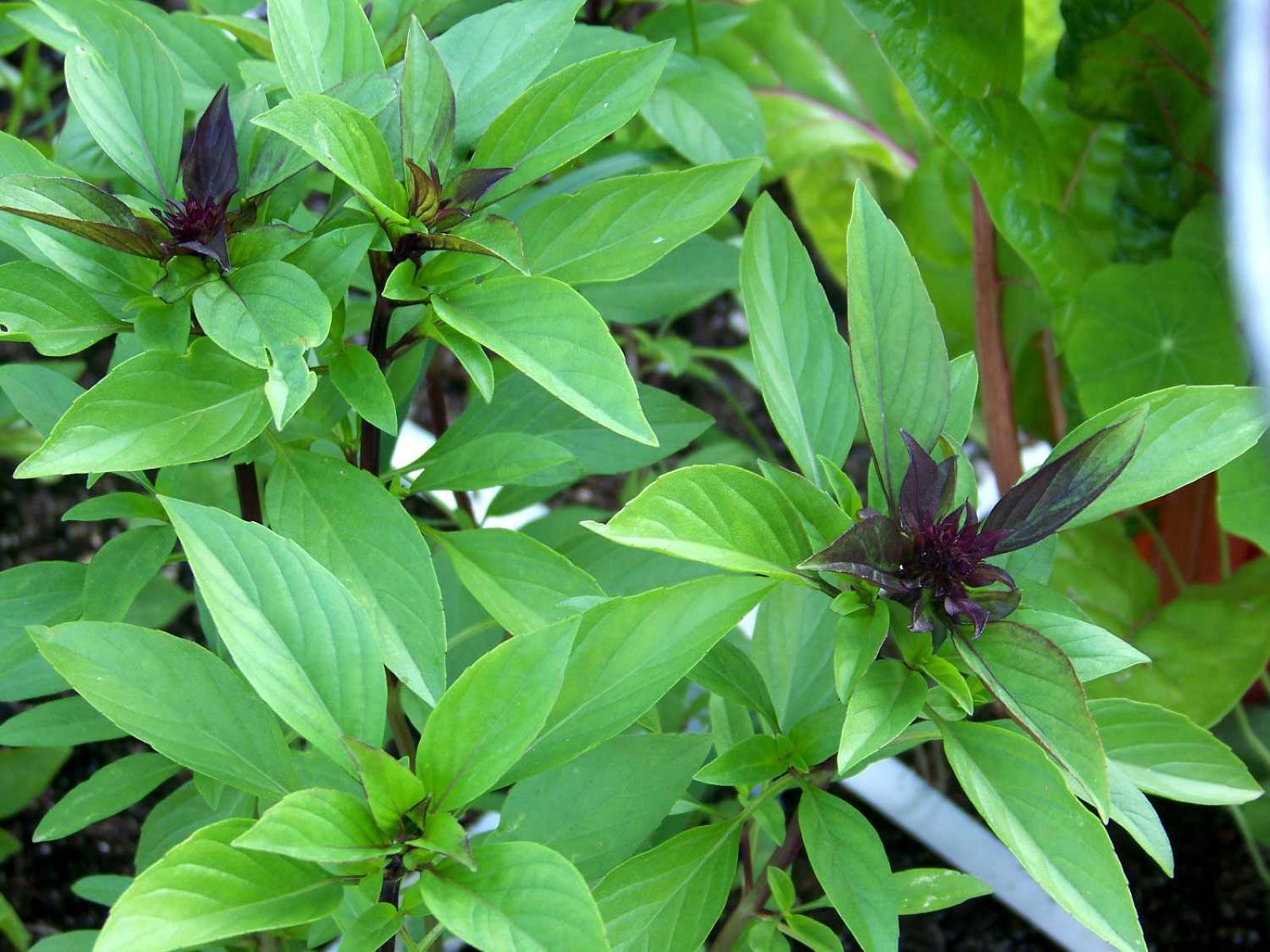
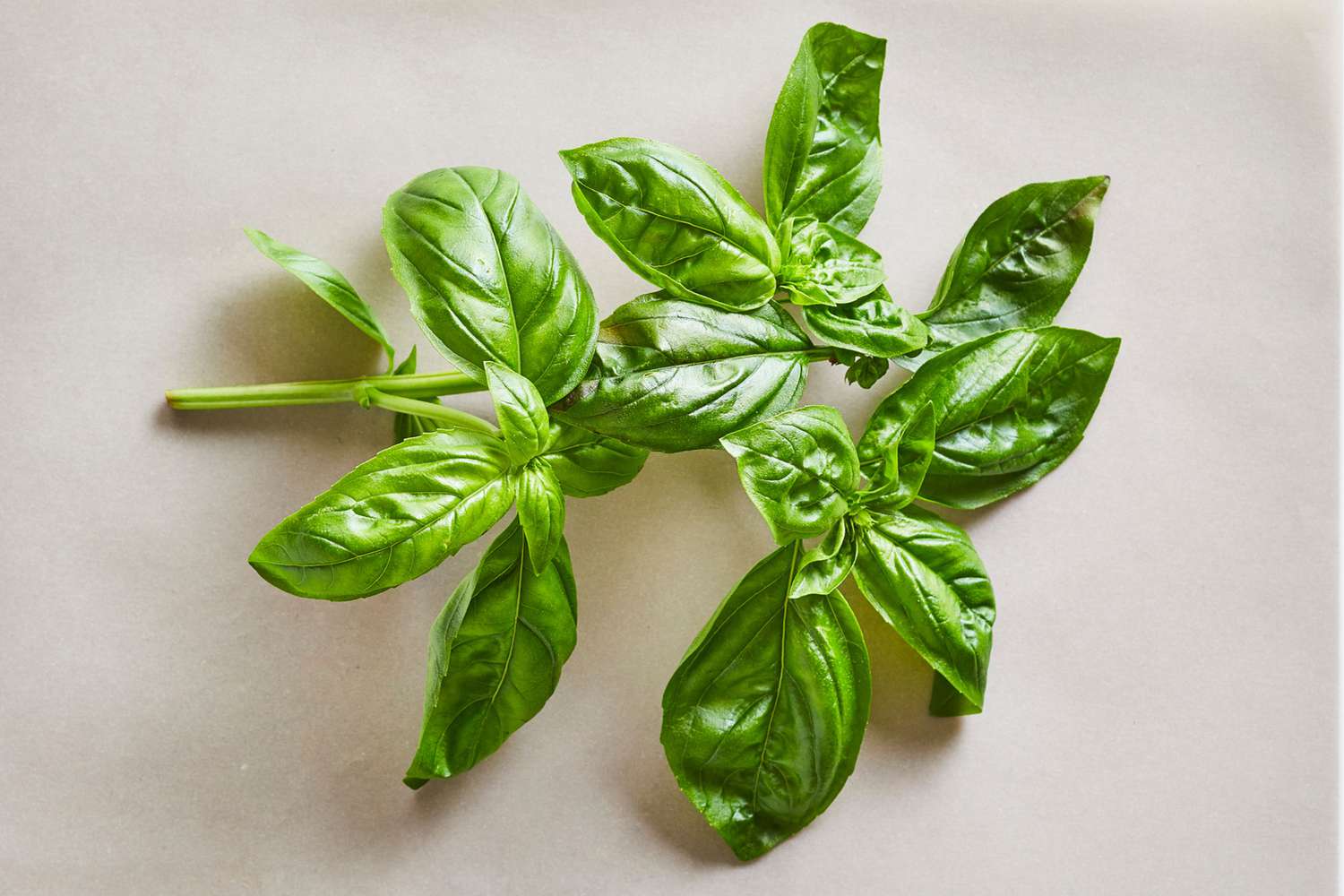


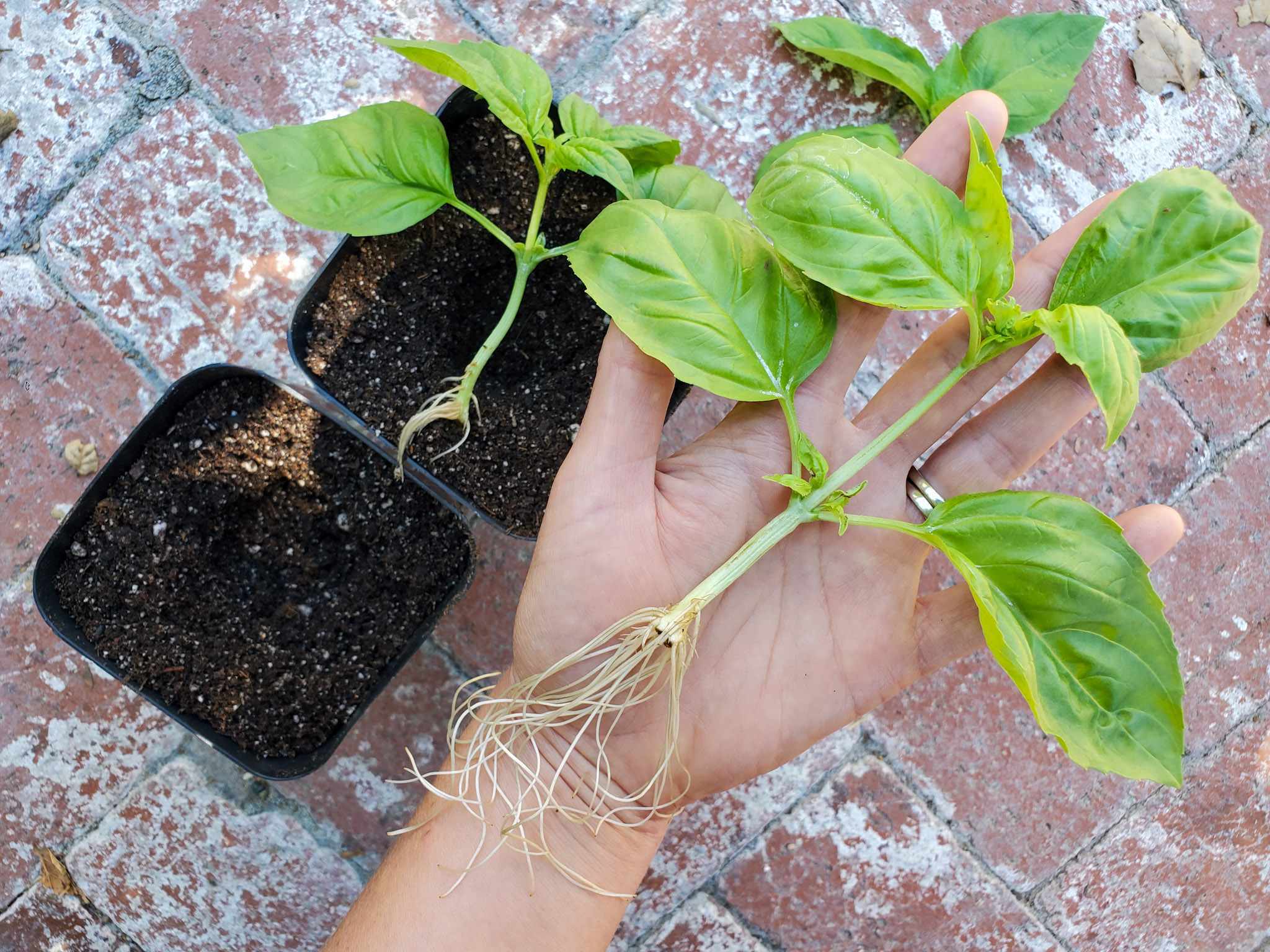
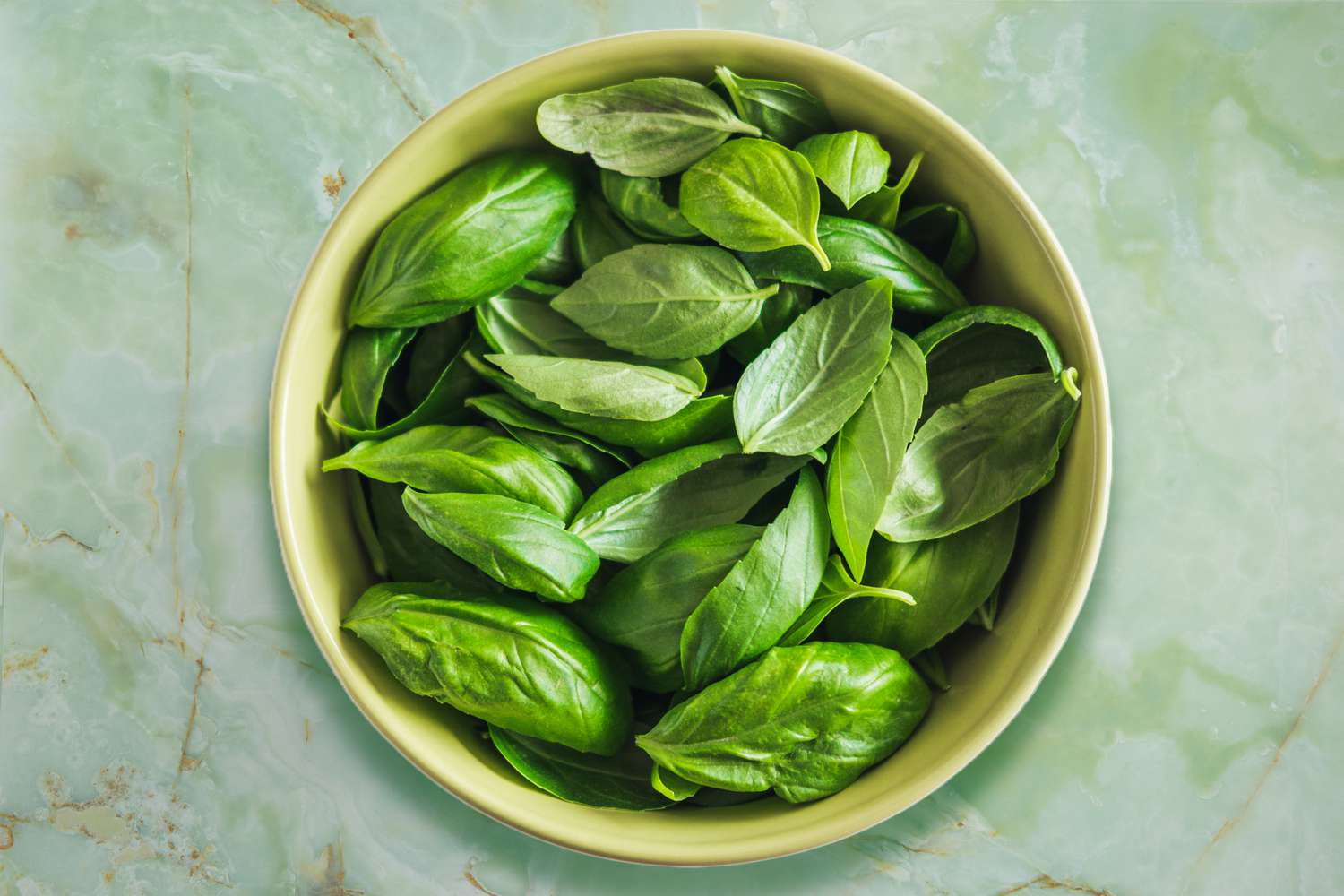
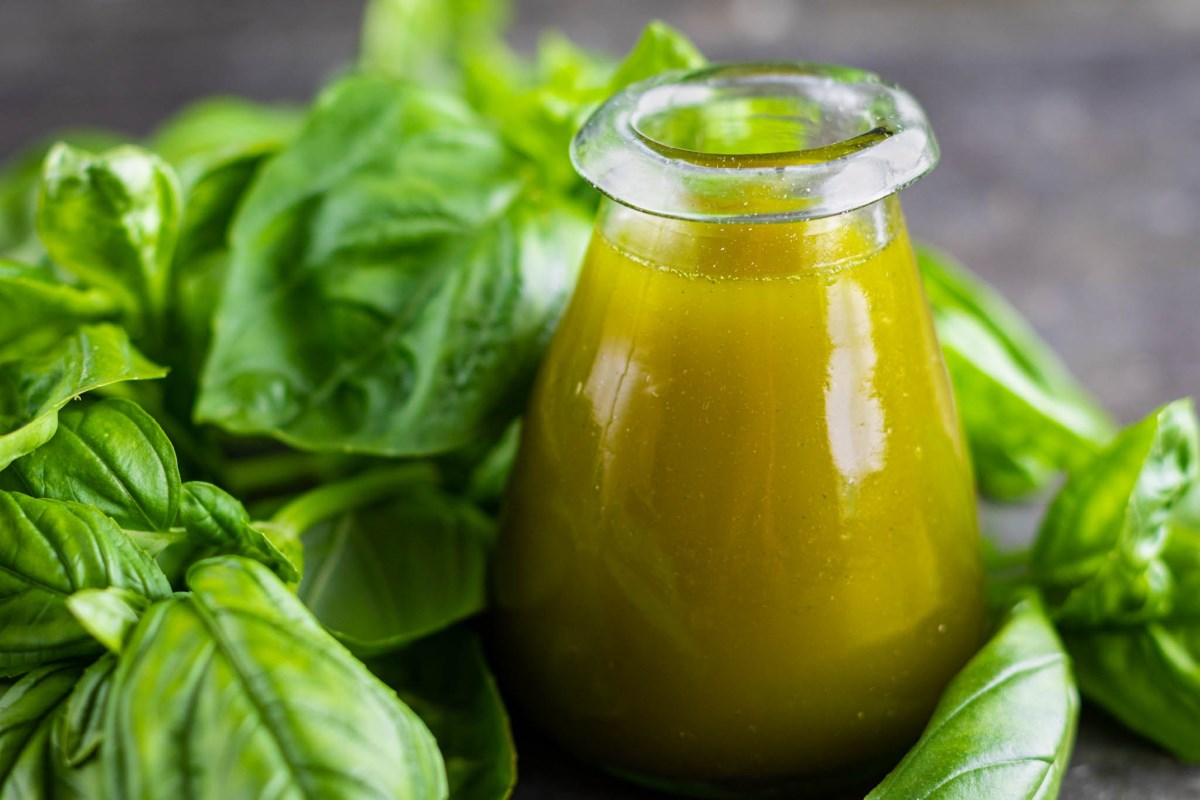
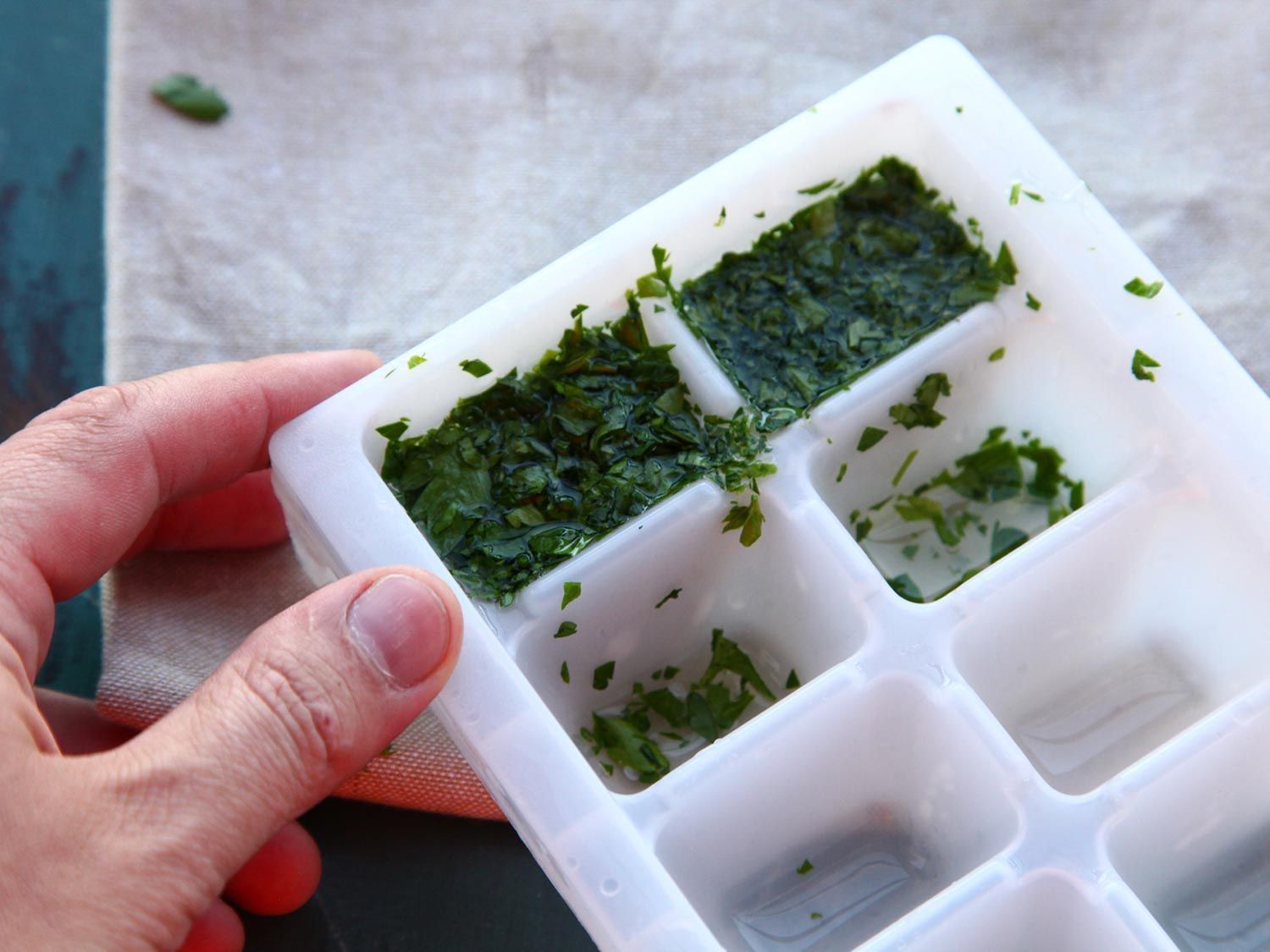
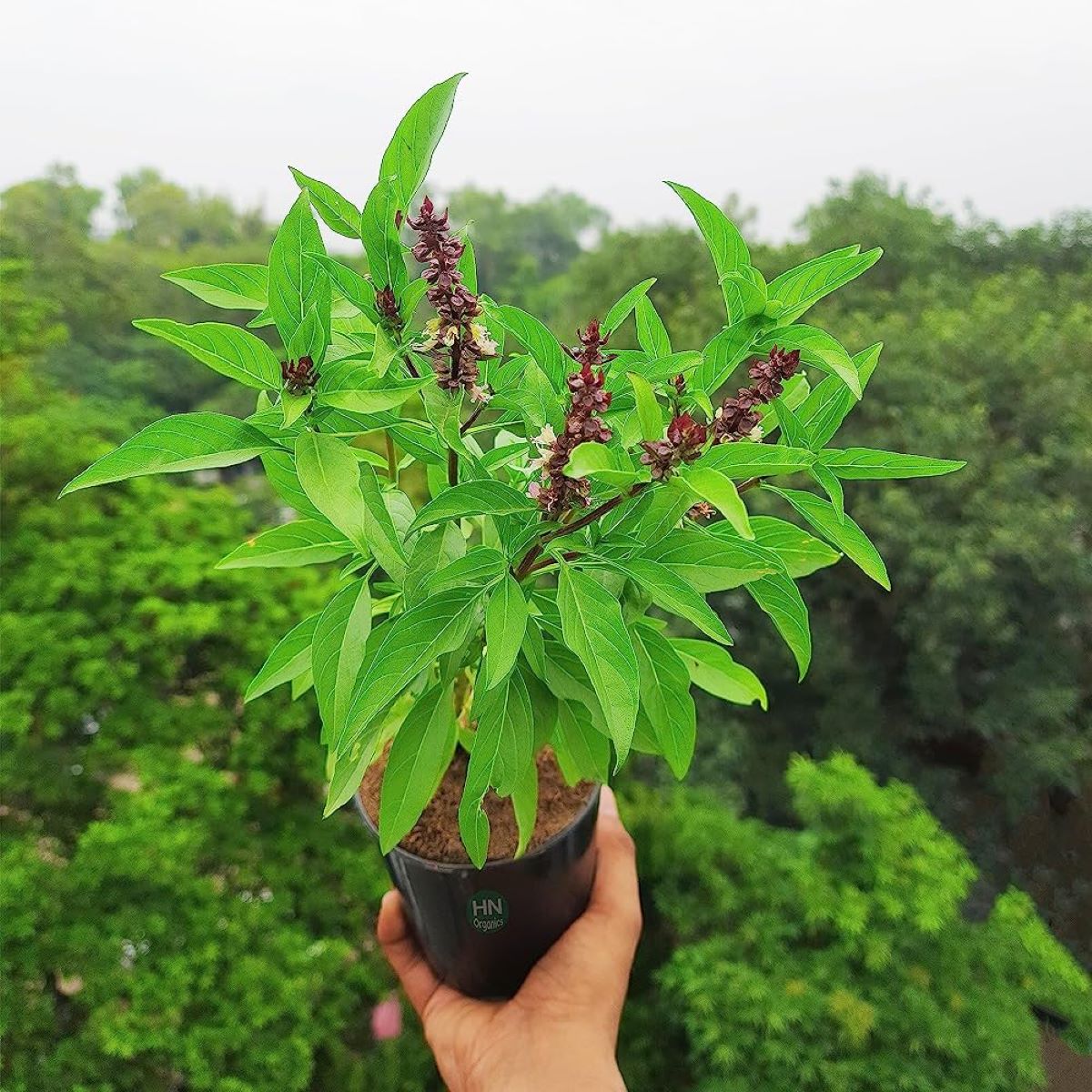
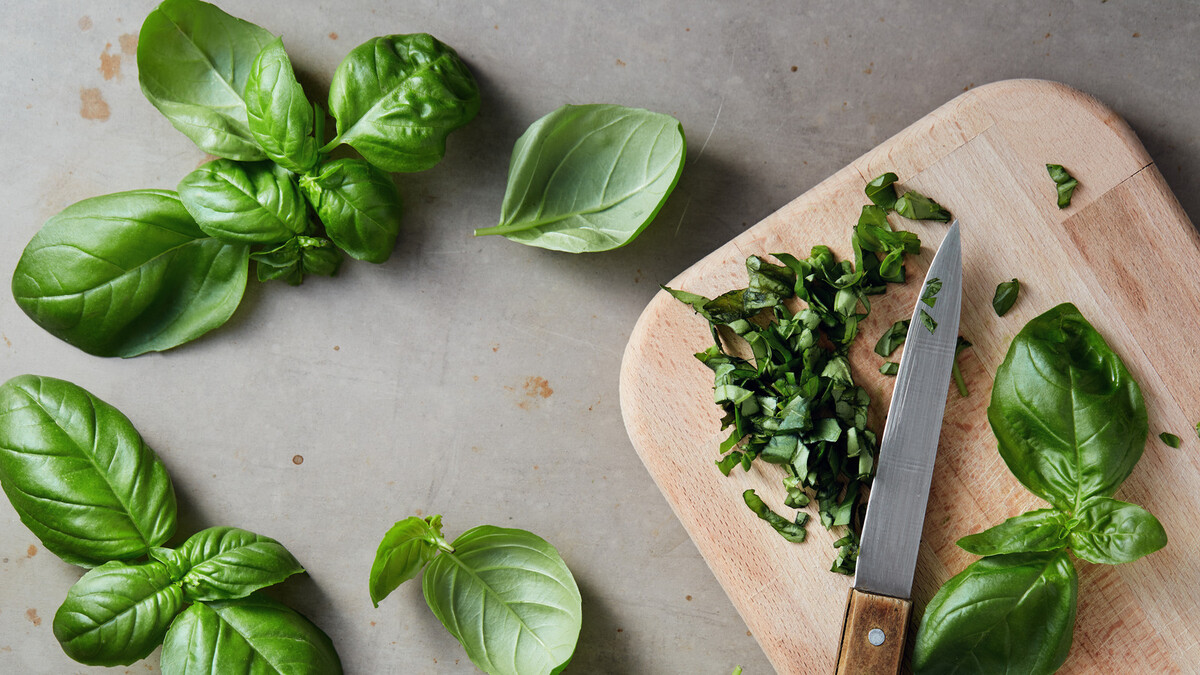
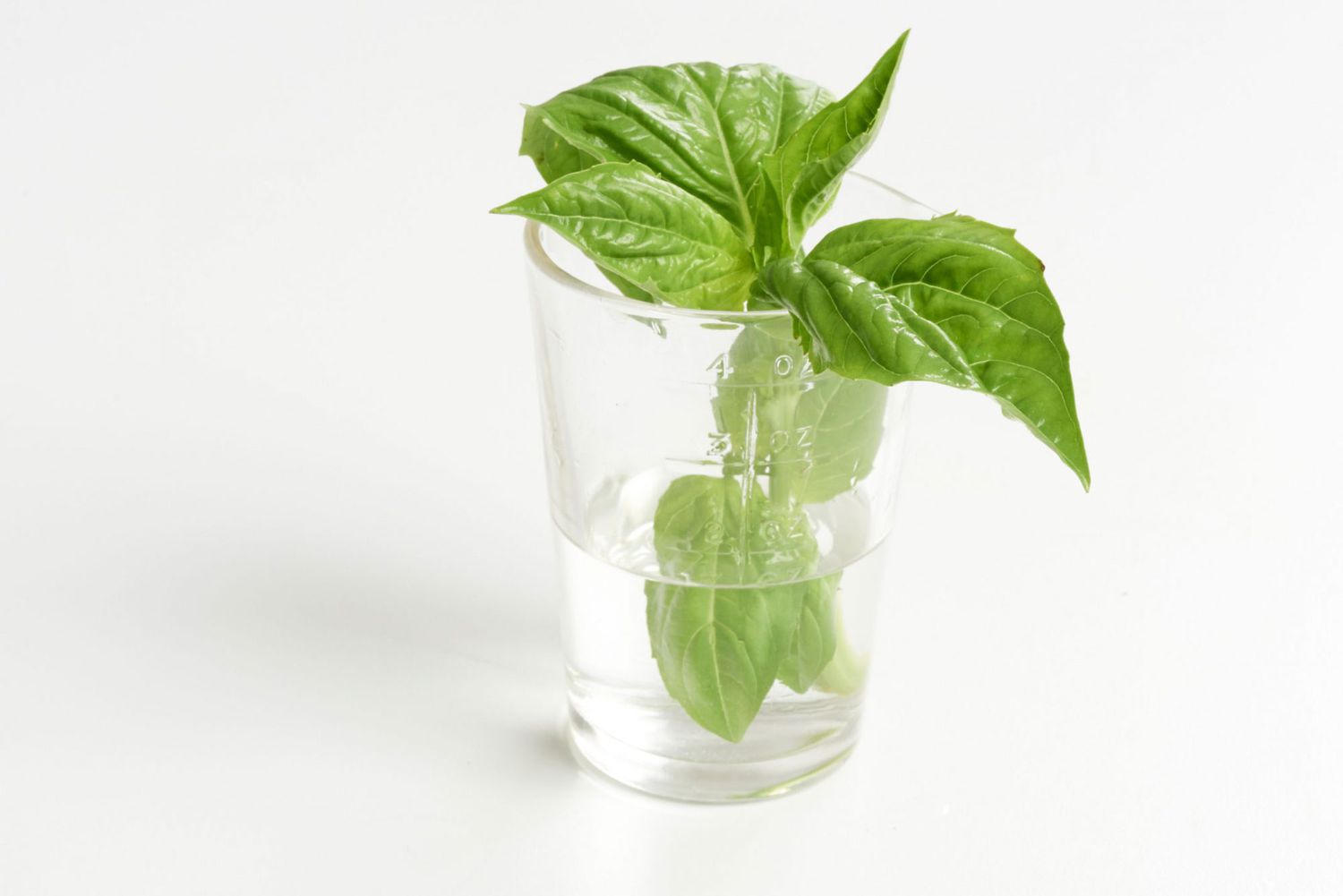
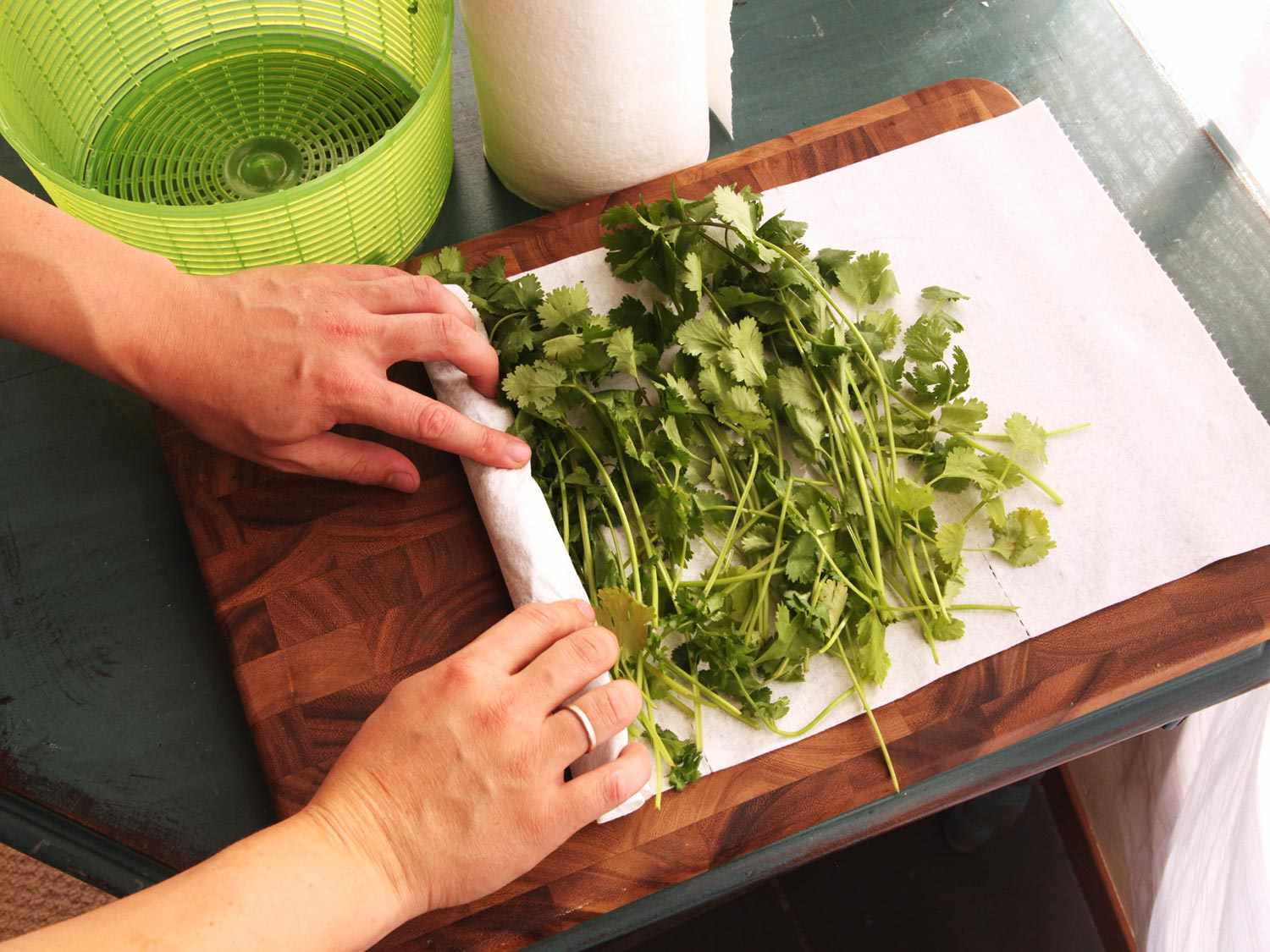
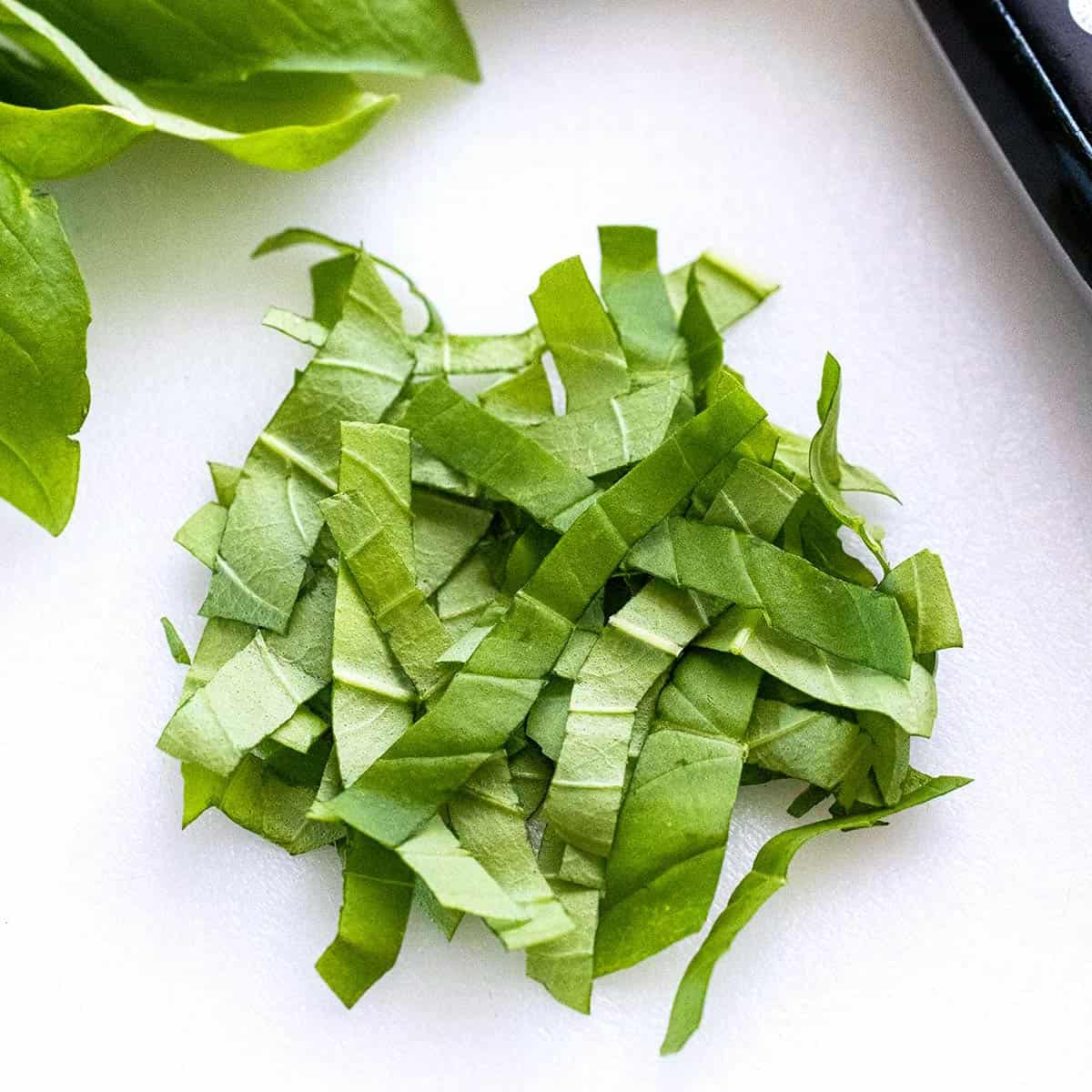

0 thoughts on “How To Store Basil”